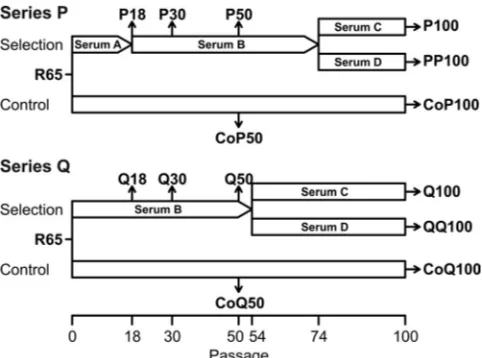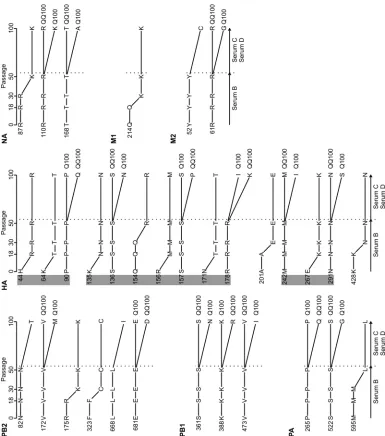Highly Pathogenic Avian Influenza Virus Subtype H5N1 Escaping Neutralization: More than HA Variation
Full text
Figure




Related documents
A Study On The Awareness Of Job Card Holders Towards MGNREGA In Kamrup District, Assam.. Dr Gour
In each harm to minors case Heins documents how, in the clash of common sense versus evidence, common sense always wins out. Pacifica ruling, which upheld a ban
Additionally, in the present analysis of data from the largest geographically contiguous cancer registry in the world, we found that HER2 is not prognostic for overall survival
Carbonic acid attack usually occurs in the cas e of buried concrete structures visible to acidic ground water fro a long time.. Atmospheric carbon dioxide Absorbed by
Overall, the mgG-2 ELISA gave a high performance, with negative and positive predictive values of 96% for blood donors and a negative predictive value of 95% and a positive
are the respective average delay (average time a message takes to reach the destination), average cost (average number of copies of a message in the system, at the time
The observational data, comprising more than 6000 temperature and salinity profiles from a fleet of underwater gliders and shipborne probes, were assimilated in the Regional
In this manuscript we focus on describing the variation in patient and practice characteristics across the ten clinics included in PRIMO. There are four specific objec- tives. First,

